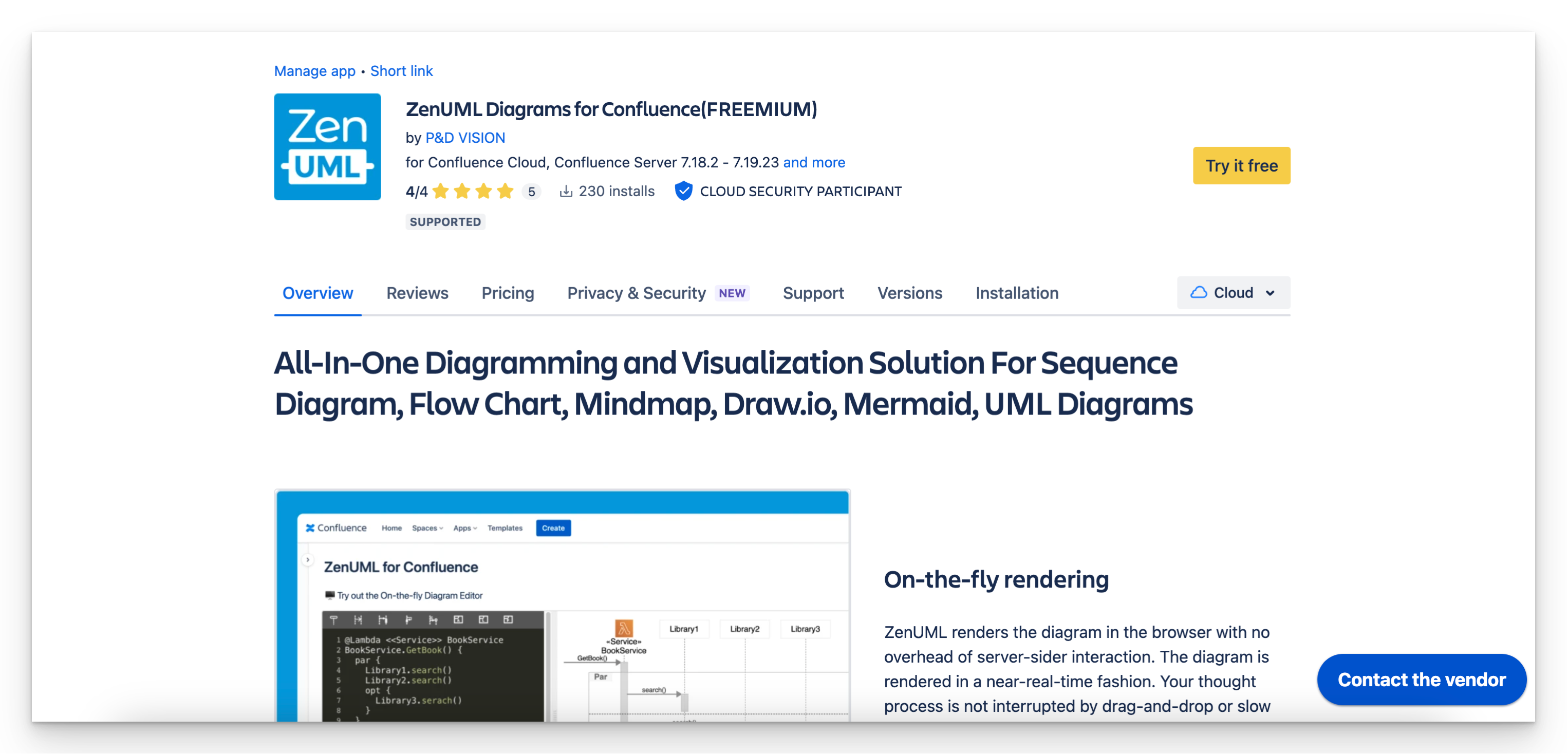Streamlining Food Delivery Order Processing: A Comprehensive Guide
Introduction
In the age of on-demand services, the food delivery industry has experienced a remarkable surge in popularity. As consumers crave the convenience of having their favorite meals delivered straight to their doorsteps, businesses in this sector face the challenge of optimizing their order processing workflows to ensure seamless and efficient delivery. This blog post delves into the intricacies of business process modeling for food delivery order processing, offering practical insights and real-world examples to help you streamline your operations.
Understanding the Food Delivery Order Processing Workflow
The food delivery order processing workflow involves a series of interconnected steps, each playing a crucial role in delivering a satisfactory customer experience. Let's take a closer look at the key stages of this process:
-
Order Placement: Customers initiate the process by placing their orders through various channels, such as mobile apps, websites, or over the phone. This stage involves capturing the customer's details, menu selections, and delivery preferences.
-
Order Verification: The system verifies the order details, including item availability, order size, and customer information. This step ensures the accuracy of the order and sets the stage for the next phase.
-
Order Preparation: The food establishment receives the order and begins the preparation process, ensuring the dishes are prepared according to the customer's specifications.
-
Order Packaging and Handoff: Once the order is ready, it is carefully packaged and handed off to the delivery agent or courier for transportation to the customer's location.
-
Order Delivery: The delivery agent or courier transports the order to the customer's specified address, ensuring timely and safe delivery.
-
Order Tracking and Feedback: Customers can track the status of their order and provide feedback on the overall experience, which is crucial for continuous improvement.
To visualize this process, let's create a sequence diagram using ZenUML:

This sequence diagram illustrates the key steps in the food delivery order processing workflow, highlighting the interactions between the customer, the order system, the food establishment, and the delivery agent.
Optimizing the Food Delivery Order Processing Workflow
To streamline your food delivery order processing workflow, consider the following strategies:
-
Leverage Digital Technologies: Invest in a robust order management system that can seamlessly integrate with your website, mobile app, and various payment gateways. This will enable real-time order tracking, automated order verification, and efficient communication between all stakeholders.
-
Streamline the Order Placement Process: Ensure your customer-facing channels, such as your website and mobile app, provide a user-friendly and intuitive experience. Simplify the order placement process by implementing features like saved customer preferences, one-click ordering, and clear delivery time estimates.
-
Enhance Order Preparation Efficiency: Work closely with your food establishment to optimize the order preparation process. This may involve strategies like pre-portioning ingredients, implementing a kitchen display system, and training staff on efficient food preparation techniques.
-
Optimize Delivery Logistics: Collaborate with your delivery partners to streamline the transportation and handoff process. Utilize route optimization algorithms, real-time tracking, and efficient dispatch systems to ensure timely and reliable deliveries.
-
Implement Feedback Loops: Actively collect customer feedback and use it to continuously improve your order processing workflow. Analyze data on order accuracy, delivery times, and customer satisfaction to identify pain points and implement data-driven improvements.
To illustrate these optimization strategies, let's revisit the sequence diagram and incorporate some of the suggested enhancements:

In this enhanced sequence diagram, we've incorporated the following optimizations:
- Leveraging Digital Technologies: The customer interacts with a mobile app, which seamlessly integrates with the order management system to streamline the order placement and tracking process.
- Streamlining Order Placement: The mobile app provides a user-friendly interface, enabling quick and efficient order placement.
- Enhancing Order Preparation Efficiency: The order management system transmits the order details to the food establishment, facilitating efficient order preparation and verification.
- Optimizing Delivery Logistics: The order management system coordinates with the delivery partner to ensure smooth handoff and timely delivery.
- Implementing Feedback Loops: The customer can provide feedback directly through the order management system, which acknowledges the feedback for continuous improvement.
Conclusion
Optimizing the food delivery order processing workflow is crucial for businesses in the food delivery industry to maintain a competitive edge and deliver exceptional customer experiences. By leveraging digital technologies, streamlining order placement, enhancing preparation efficiency, optimizing delivery logistics, and implementing feedback loops, you can create a seamless and efficient order processing system that sets your business apart.
As you embark on your journey to improve your food delivery order processing workflow, remember to continuously collect and analyze data, gather customer feedback, and adaptively refine your strategies. By doing so, you'll be well on your way to providing your customers with a truly delightful and hassle-free dining experience.
We'd love to hear your thoughts and experiences in the comments section below. Share your insights, challenges, and success stories as you optimize your food delivery order processing workflow.
---> Market Place

